Cultural Maths
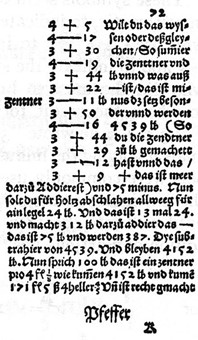
Image credit: Johannes Widmann, public domain via Wikimedia Commons.
Maths Symbols
Did you know that in Egyptian hieroglyphics, symbols resembling a pair of legs were used to represent either addition or subtraction?
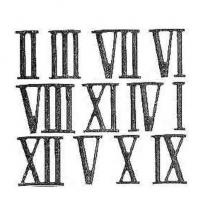
Image credit: public domain via Wikimedia Commons.
Roman Numerals
You have been writing Roman numerals wrong! The Romans wrote 4 as IIII instead of IV, and 9 as VIIII instead of IX. They also wrote 13 as IIIX, and 16 as VIX, to preserve how the numbers were written in Latin (for example, 13 was ‘tertio decimo’ which translates to ‘3 from 10’).
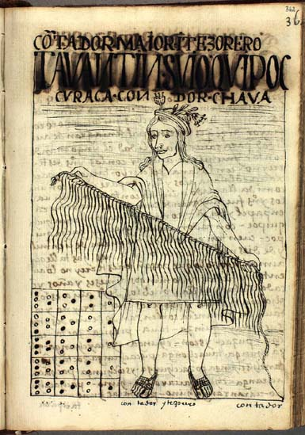
Image credit:
Felipe Guaman Poma de Ayala, public domain via Wikimedia Commons.
Yupanas
Did you know that, despite having no form of writing, the Inca Empire population used complex instruments to perform mathematical operations?
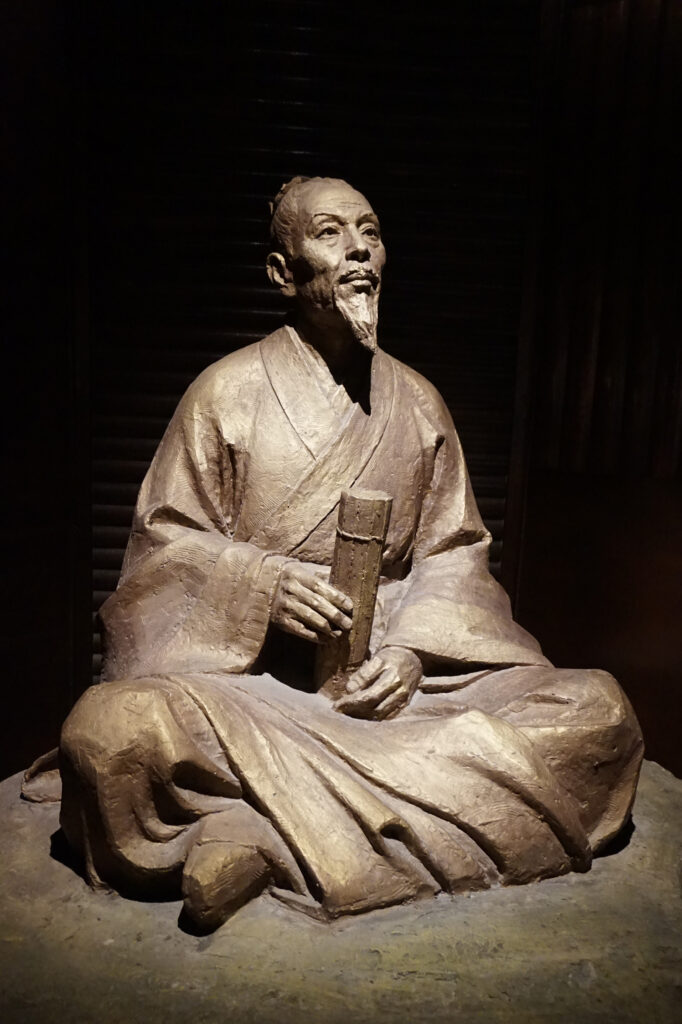
Image credit: 三猎, CC BY-SA 4.0 via Wikimedia Commons.
𝜋 and Zu Chongzhi
Did you know that a world record held for over 900 years for calculating the value of 𝜋 was made using only wooden sticks?
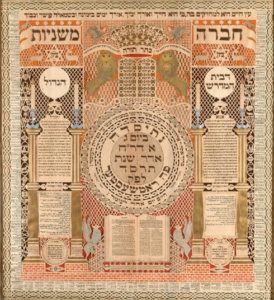
Image credit: Baruch Zvi Ring, public domain via Wikimedia Commons.
The Hebrew Calendar
Did you know that time zones were invented 800 years before railroads made them necessary?
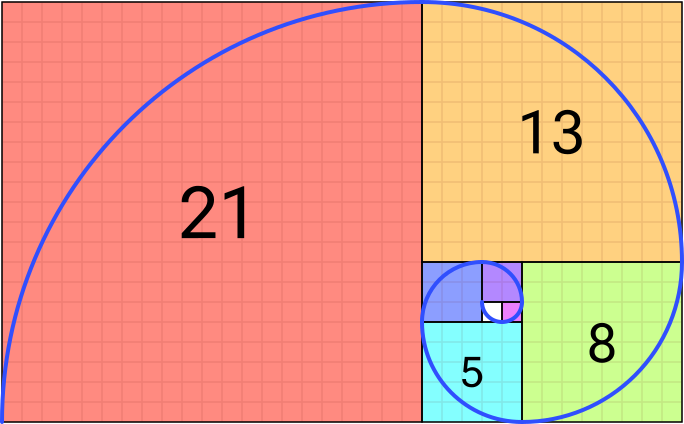
Image credit: Romain, CC BY-SA 4.0, via Wikimedia Commons
The Fibonacci Sequence
Did you know that the Fibonacci sequence was discovered by Indian mathematicians, around 450 Before Christ (BC)?
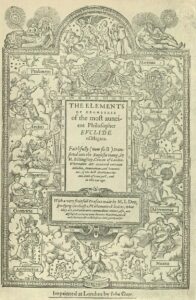
Image credit: Sir Henry Billingsley, public domain via Wikimedia Commons.
Euclid’s Elements
Did you know that a book about geometry may have the second highest number of editions ever, with only the Bible having more?

Image credit: Momotarou2012, CC BY-SA 3.0 via Wikimedia Commons.
Wasan
Did you know that in Japan they used to leave maths problems at shrines as offerings?
